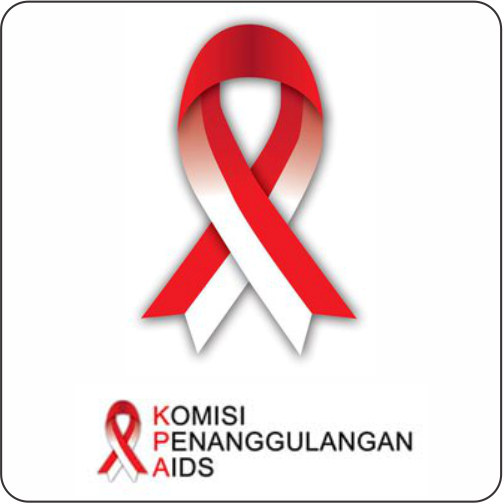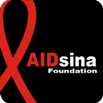CoastWeek, 2 May 2014
Nationally, HIV prevalence is 5.6 percent but this varies regionally with the highest being Nyanza region in western Kenya at 15.3 percent.
"It is unacceptable that 30 percent of all new HIV infections among adults occur in young women aged 15-24 years and already has indeed affected every facet of our lives," Cabinet Secretary for Health James Macharia said during the opening of a forum for County First Ladies on Friday.
This upsurge of new infections and the additional 13,000 newborn babies every year who are infected with HIV from their mother during pregnancy, delivery and breastfeeding is to blame for the diversion of funds meant for other developments.
"HIV causes 20 percent of all women deaths and 15 percent of child mortality and must be tackled urgently by all including partners," he said.
Macharia called for a revolutionary shift from current HIV prevention programming approaches towards new population-focused combination prevention approaches that take into account the geographical disparities in the HIV epidemic.
"This will drastically help reduce the number of new infections in our country and particularly in the counties and groups that account for most of the new infections," he added.
Saying that the universal access to drugs is not possible without sustainable financing, the minister challenged all sectors to promote local financing mechanisms, integrate efficiency and effectiveness in all programs.
He called for the leverage in community support systems and strengthens community AIDS competency and resilience to help realize sustainability.
"It is imperative that each county develop their response mechanism to help fight the scourge before it does worst damage," the Chairman of the National Aids Control Council (NACC), Mary Getui said.
Getui called on all counties to address gender inequality, sexual violence and anti HIV stigma that not only increase HIV risk and vulnerability but also create barriers for women and girls to effectively protect themselves from infections.
"Let's promote high impact evidence based cultural and gender sensitive interventions that address the needs of vulnerable and high risk groups and also promote women controlled interventions such as female condom and microbicides," she noted.
According to the UNFPA Representative, Kenya Country Office Siddarth Chattarjee, as Kenya and the world grapples with HIV, it is women who disproportionately bear the brunt but remain the primary caregivers and support system for families and communities.
He noted that women and girls must be at the heart of any future development policies as they play a role in saving lives, advancing economic development, promoting environmental sustainability and advancing well-being, equity and social justice.
He said there is urgent need to use the adolescent girl as an entry point to achieve broader health outcomes adding that countries that have been badly hit by the HIV Aids epidemic have seen maternal mortality figures rise, rather than fall, in recent years.
"There is need to develop sustainability of programs that are ongoing so that the beneficiaries do not miss out once the current donors pulls out," said Senior Advisor, Policy and External Relations, President's Emergency Plan for Aids Relief (PEPFAR) at the U.S. Embassy in Nairobi Maxwell Marx.
Marx challenged civil society to be ready to meet the needs of the people suffering from HIV/Aids by sustaining the programs by preventing new infections.
According to Kenya Aids Indicator Survey (KAIS) 2012, women are more likely to be infected at 8.4 percent than men whose infection rate stands at 5.4 percent.
Young women aged 15-24 years are four times more likely to be HIV positive than men at 4.5 percent. Kenya is ranked fourth in the world on the number of women with HIV and AIDS.
Among generalized epidemics worldwide, Kenya registers one of the highest disparities in HIV prevalence between males and females, and with a female-to-male prevalence ratio at 1.9 to 1.
Sexual transmission is however blamed for the faster spread of the epidemic in the country where today, over one million people are HIV positive but the death rate has declined due to the availability of antiretroviral drugs.
By Peter Mutai NAIROBI, (Xinhua)
Source: CoastWeek










